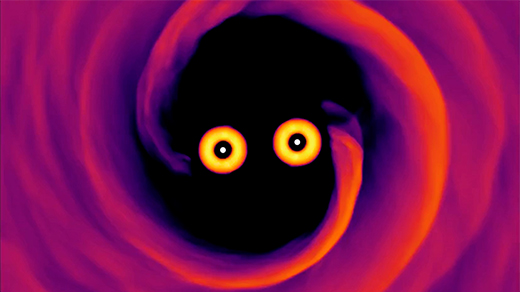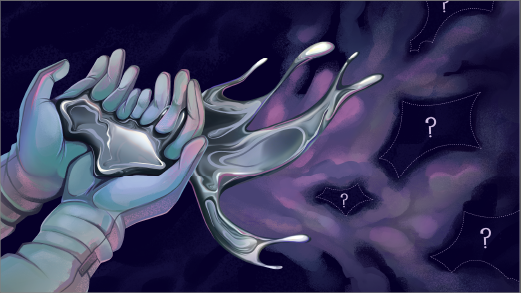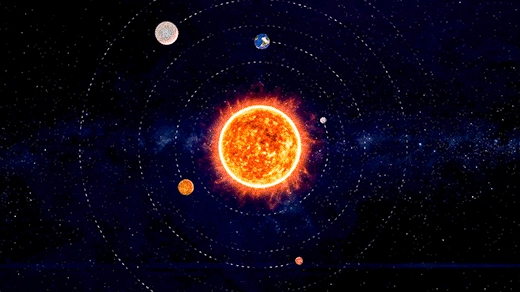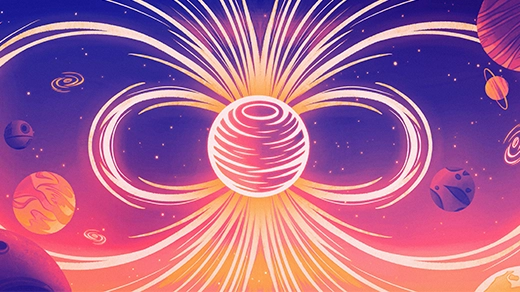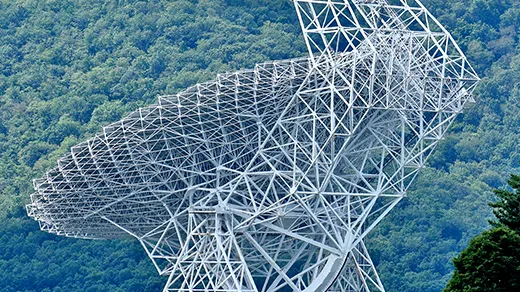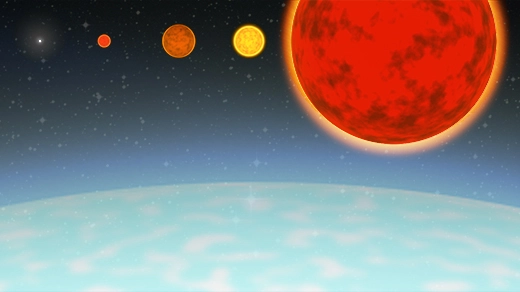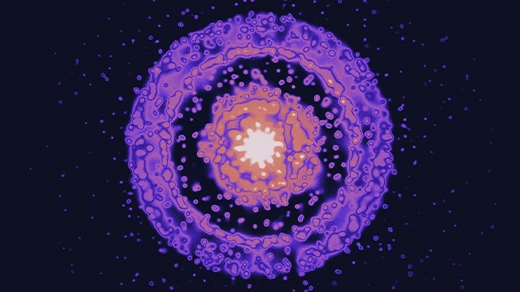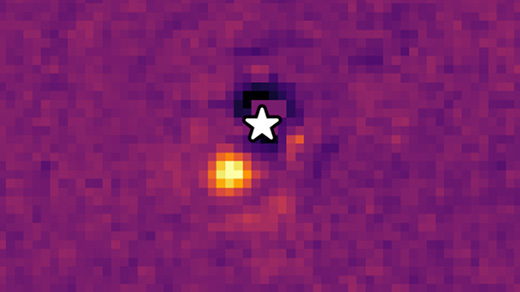Latest Articles
How Do Merging Supermassive Black Holes Pass the Final Parsec?
The giant holes in galaxies’ centers shouldn’t be able to merge, yet merge they do. Scientists suggest that an unusual form of dark matter may be the solution.
What Could Explain the Gallium Anomaly?
Physicists have ruled out a mundane explanation for the strange findings of an old Soviet experiment, leaving open the possibility that the results point to a new fundamental particle.
Radio Maps May Reveal the Universe’s Biggest Magnetic Fields
A controversial technique has produced detailed maps of the magnetic fields in colossal galaxy clusters. If confirmed, the approach could be used to reveal where cosmic magnetic fields come from.
New Clues for What Will Happen When the Sun Eats the Earth
Recent observations of an aging, alien planetary system are helping to answer the question: What will happen to our planet when the sun dies?
Exoplanets Could Help Us Learn How Planets Make Magnetism
New observations of a faraway rocky world that might have its own magnetic field could help astronomers understand the seemingly haphazard magnetic fields swaddling our solar system’s planets.
An Enormous Gravity ‘Hum’ Moves Through the Universe
Astronomers have found a background din of exceptionally long-wavelength gravitational waves pervading the cosmos.
Astronomers Say They Have Spotted the Universe’s First Stars
Theory has it that “Population III” stars brought light to the cosmos. The James Webb Space Telescope may have just glimpsed them.
Brightest-Ever Space Explosion Reveals Possible Hints of Dark Matter
A recent gamma-ray burst known as the BOAT — “brightest of all time” — appears to have produced a high-energy particle that shouldn’t exist. For some, dark matter provides the explanation.
Webb Space Telescope Snaps Its First Photo of an Exoplanet
The grainy image of a “super-Jupiter” is a sign of what’s to come as the telescope’s exoplanet observations ramp up.

